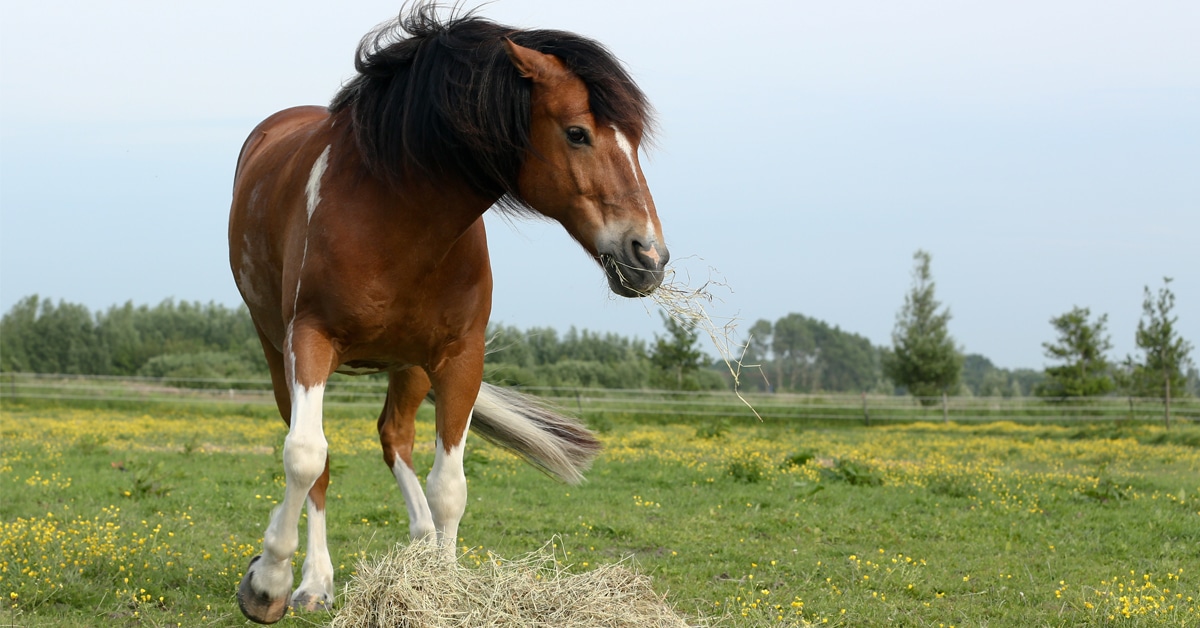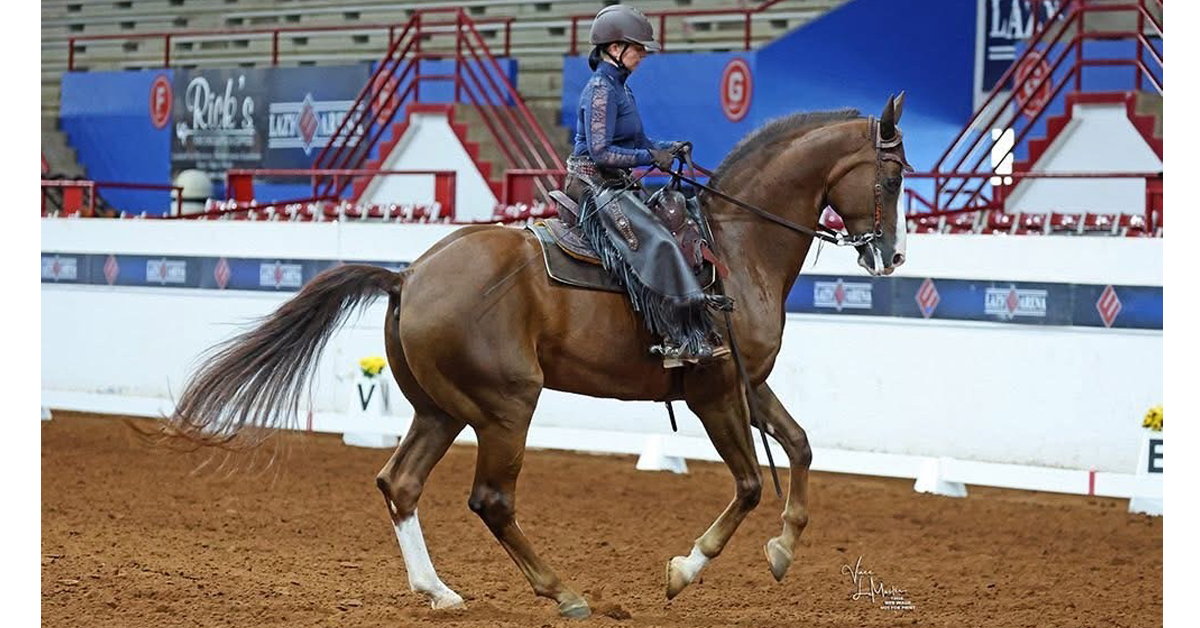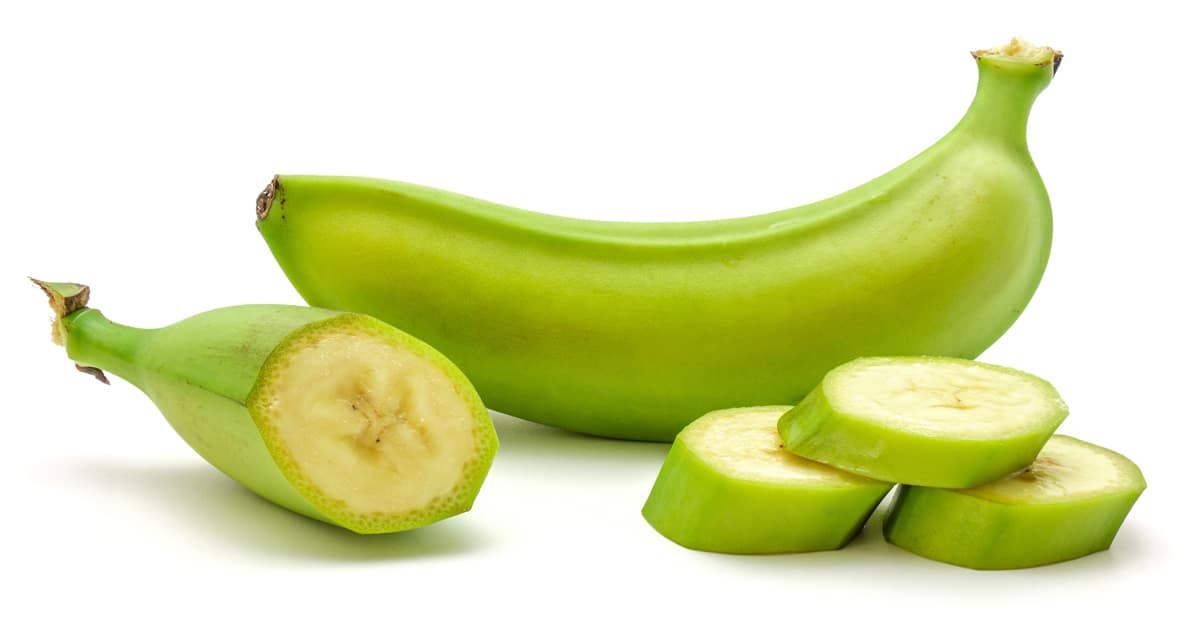Weather changes have a significant impact on the nutritional value of both grasses and legumes. Often, as the weather begins to change and get colder, many horse owners raise concerns about the dangers of fall pasture. The main consideration is the non-structural carbohydrate (NSC) content of the grass for metabolic horses; however, consideration should also be given to the intake of wilted leaves.
When evaluating forage for horses, testing the hay and knowing the nutritional content is easy. Unfortunately, with pasture the nutritional content will vary hour-to-hour with the plant having significant variation in NSC content over the course of a day. Since there is no way to know the exact NSC content as the day progresses, the recommendations are based on broad patterns of how the pasture plants respond to various weather conditions. In studies that have evaluated horse pasture preferences, there is a clear correlation between the NSC content of the pasture and the horse’s preference.
Changes in Plant Metabolism
It is well-known that stressed plants will have a higher NSC content. In the summer months this is normally a concern with drought periods, but in the fall months, frost is the primary concern. When the temperature begins to drop, the metabolism of plants is impacted, especially when there are freezing temperatures overnight but the daytime is still above freezing.
The general recommendation is that horses should be kept off of pasture for seven days after a killing frost – a frost severe enough to end the growing season – has occurred.
In plant physiology, during the day the plant will undergo the process of photosynthesis where sugars are produced to be used as an energy source by the plant. Overnight, instead of photosynthesis occurring, the plant will use the sugars in a process called respiration. When the temperatures begin to drop the plant will hold the sugars overnight instead of using them, which contributes to the higher NSC content.
The general recommendation is that horses should be kept off of pasture for seven days after a killing frost – a frost severe enough to end the growing season – has occurred. At this point the nutritional value of the plant will decrease. Different species will lose nutritional value at varying rates; for example, legumes such as alfalfa will lose nutritional value faster than most grasses, as they will lose their leaves. Once the plant has turned brown and is not actively producing sugars any more, the pasture is reasonably safe.
The level of risk also depends on the grass/legume species present in the pasture. For example, some modern fescue varieties have been genetically selected to be able to maintain growth in colder temperatures. This is primarily for livestock (e.g., cattle) to prolong the grazing season, but it is not ideal for horses, especially those at risk of developing laminitis. In contrast, if your pasture is warm-season grasses, they will go dormant earlier, and your pastures will be safer earlier on in the cold months as once plants goes dormant, they will stop growing and no longer accumulate sugars.
The fallen leaves of the red maple (acer rubrum), a tree native to Canada with lovely red colours in the fall, can be fatal to horses, even in small quantities.
Similar to summer pastures, it is not recommended to graze plants that are below three to four inches in height. In the fall months once growth has stopped, consuming these over-grazed plants can negatively impact the likelihood of them surviving the winter, which may hinder the pasture’s health the following year.
Wilted/Fallen Leaves
Consideration should also be given to fallen leaves in the pasture posing a risk to horses. If there are trees in or around your horse’s pasture, spending the time to identify the species is beneficial. For example, the fallen leaves of the red maple (acer rubrum), a tree native to Canada with lovely red colours in the fall, can be fatal to horses, even in small quantities. The leaves remain toxic for many weeks.
Horses do not typically seek wilted leaves out, however if the pasture quality has diminished and they are hungry enough, they may begin eating them. Therefore, providing your horse with a supplemental source of hay as pasture quality declines is recommended, in addition to monitoring the tree species in/around the pasture area.
Evaluating Risk Factors
The increase in laminitis cases in the fall is not solely attributed to pastures accumulating more sugar. In the autumn, all horses experience a rise in ACTH (adrenocorticotropic hormone) which is produced by the pituitary gland and stimulates the release of cortisol. In horses with PPID (Pituitary Pars Intermedia Dysfunction – commonly known as Equine Cushing’s disease) the increased production of cortisol leads to insulin resistance. Therefore, if your horse has one of the following risk factors, you may have to exercise additional caution around pasture access during the fall.
- is overweight
- has had laminitis previously
- is insulin-resistant
- is genetically predisposed (e.g., an ‘easy keeper’ breed)
- has been diagnosed with PPID or Equine Metabolic Syndrome
- has abnormal fat deposits (crest, behind the shoulder, tail head or above the eyes)
Fall can be the best time of the year for horse owners, with comfortable temps, pretty trails – and no bugs! However, be mindful of the metabolic shift that occurs in both plants and equines during this time of year to keep your horses at peak health.
The Latest









